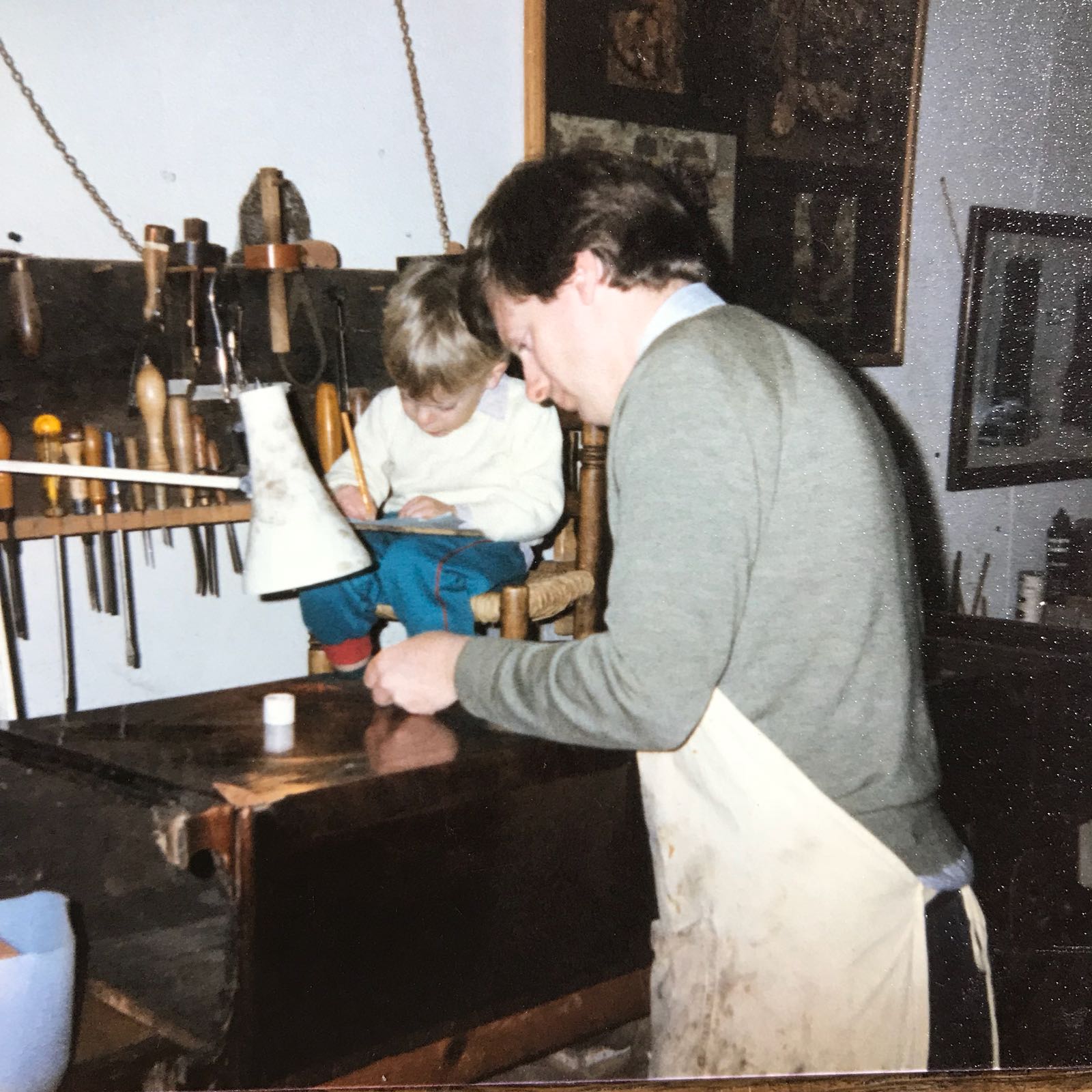Philosophy
There is fulfilment in the art of doing. Making furniture is busy, it is physical and often mentally demanding but for many artisan creatives there is a peace too, when absorbed in one’s craft. We believe there is no right or wrong approach when it comes to woodworking, what is most important is appreciation in the process, coupled with a curiosity for innovation. These are the two traits we look for most in our makers; technical ability can be taught, but with integrity comes an honesty that is much harder to find and, we think, shines through in the products we make.
“We try to approach form and function equally in paying tribute to the trees whose life we have the privilege to extend”
Inspiration
Much of Anselm’s childhood was spent in his father’s antique restoration workshop. Coming face-to-face with over 4 centuries of fine furniture and learning a craft that would help preserve a heritage for the next generation to enjoy, was an inspiring antidote to the throw-away society beginning to take shape in the UK at the time. Today’s level of excessive consumerism is sometimes hard to comprehend and there is comfort in the knowledge that our intention is to create beautiful objects for people to enjoy for decades to come.

Day to day there are many smaller influences. These might include the grain of the piece of timber that we are working with, the transition of light to dark when entering a room and even the way the sleeve of a jacket might twist hanging over a chair. Above all though, it is the trees themselves that provide most inspiration. It is an extraordinary privilege to spend each day working out how to use the timber in a way that will hopefully pay justice to the mighty tree from which it comes, and whose beauty we have the honour to extend long after it has died.
